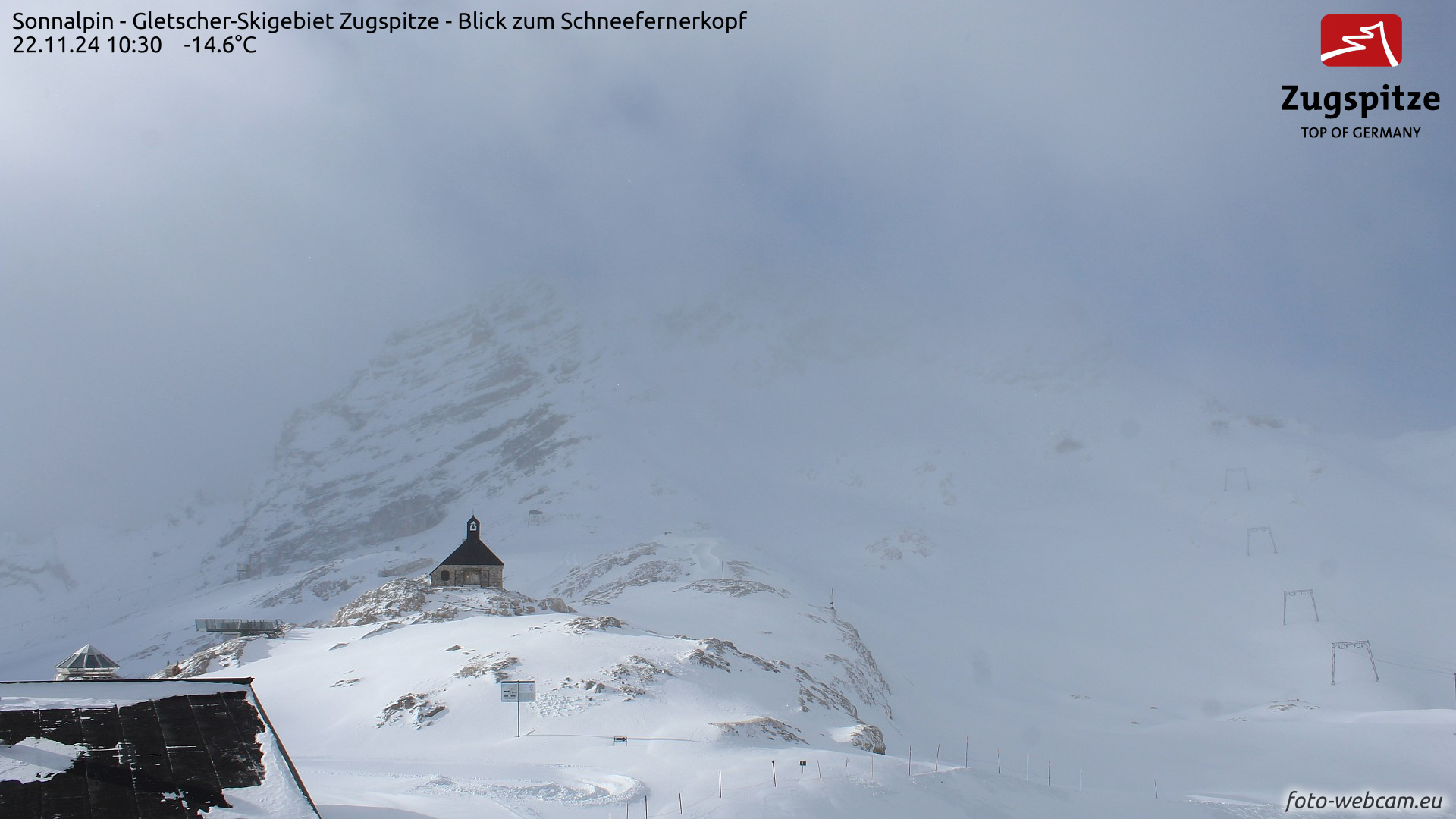After a “golden autumn” the weather turned changeable on 12.11. A striking cold front, and then a storm-low “Renate” struck esp. western regions starting on 20.11.2024, bringing 30-50cm of fresh snow, locally more. Strong-velocity high altitude winds transported lots in the heights. Beware fresh snowdrifts in steep terrain. In coming days in the regions with snowfall: more glide-snow slides and avalanches on steep grass-covered slopes can be expected.
Snow in the peaks, often stormy and cold. Trigger-sensitive snowdrifts at high altitudes.
When weather conditions began to change on 12 November following an unusually long phase of beautiful autumnal weather, there were repeated bouts of minor snowfall in the mountains to start with, but only when on 19-20.11 a cold front moved in including the subsequent storm-low named “Renate” was there more fresh snowfall, most of which fell in the western and northwestern regions of North Tirol and in northernment East Tirol. Often 30-50cm was registered, more from place to place. The snowfall was accompanied by highly variable winds from diverse directions, thus generating far-reaching and also trigger-sensitive snowdrift accumulations at high altitudes.
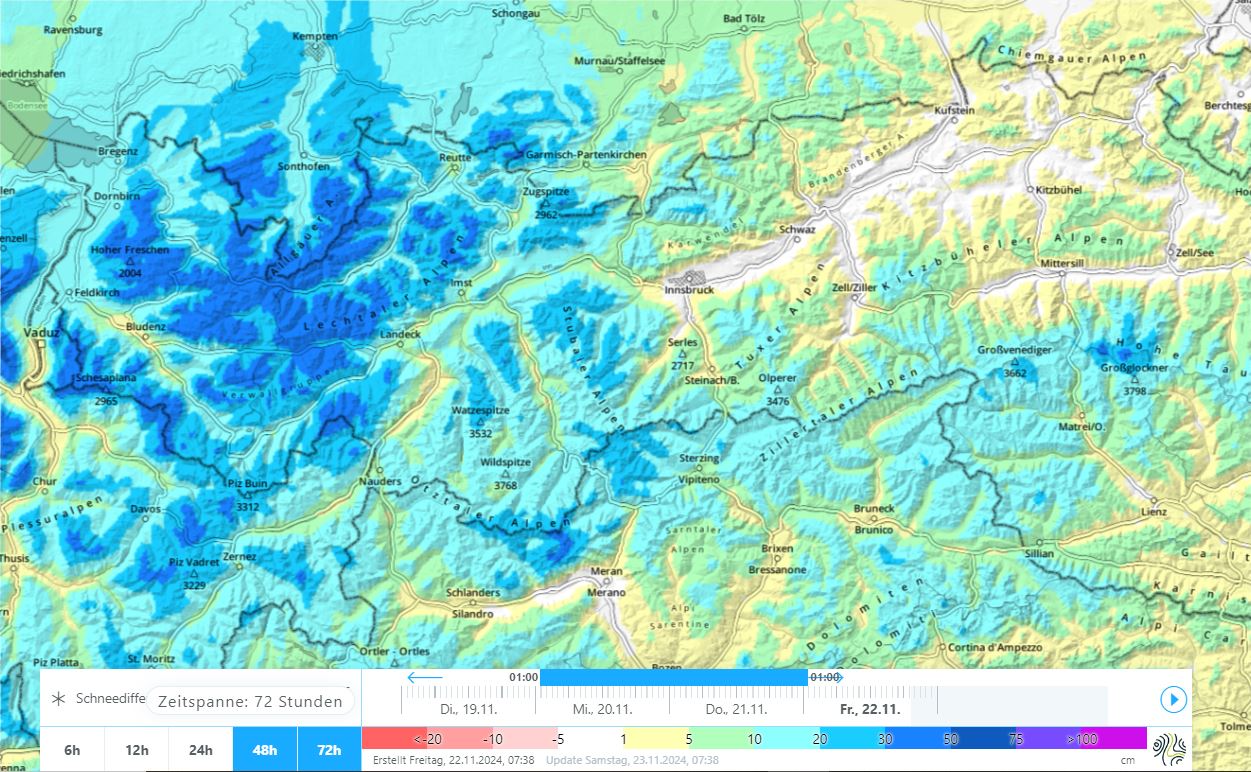
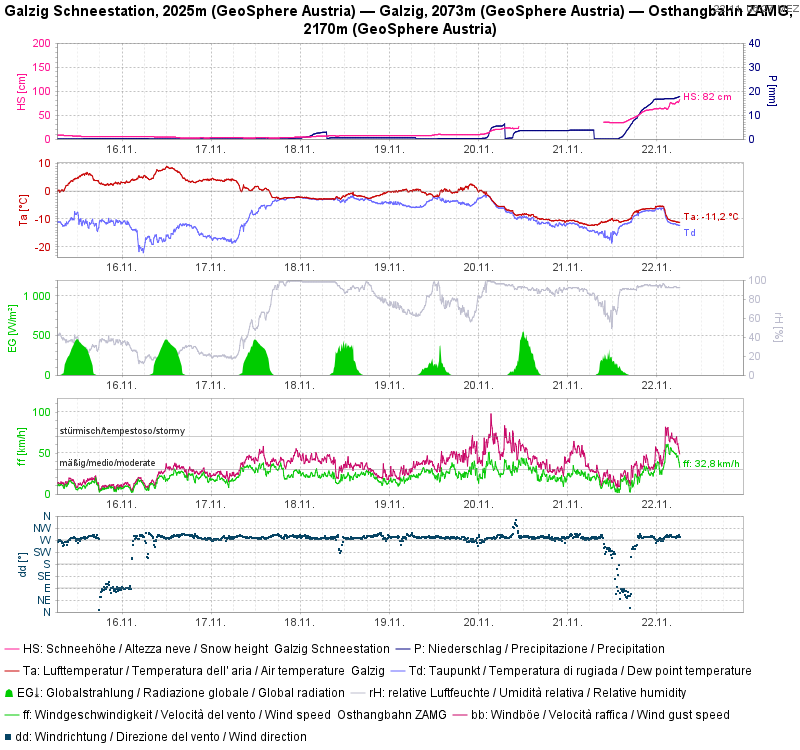
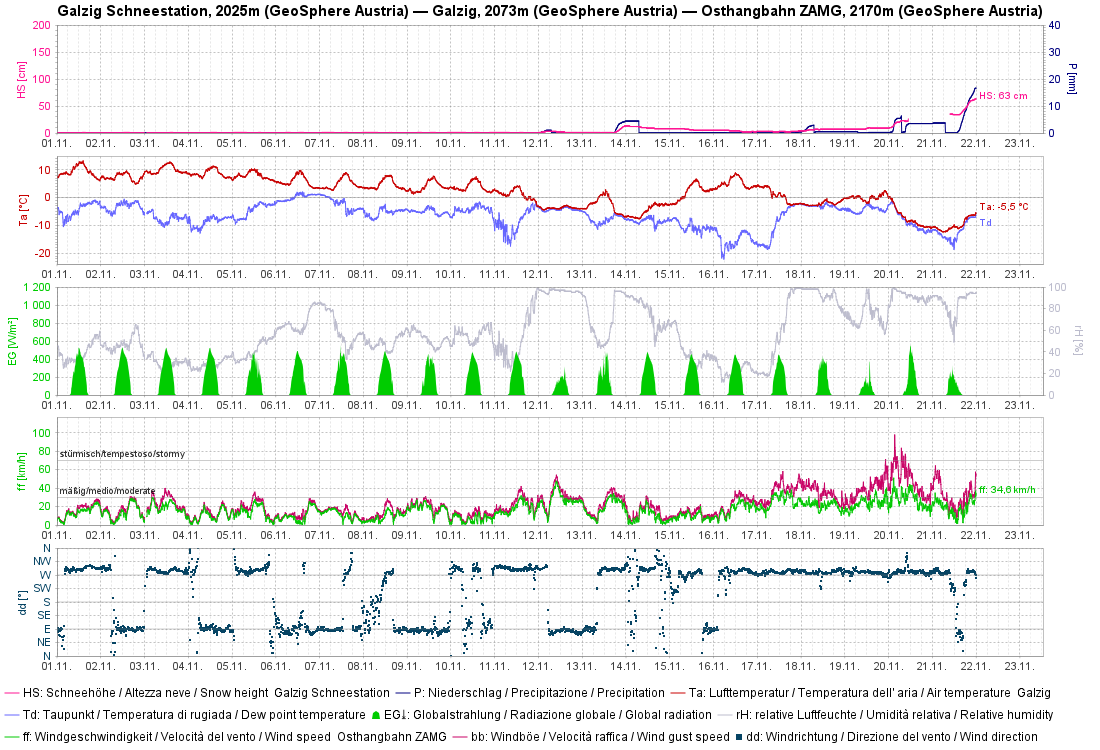
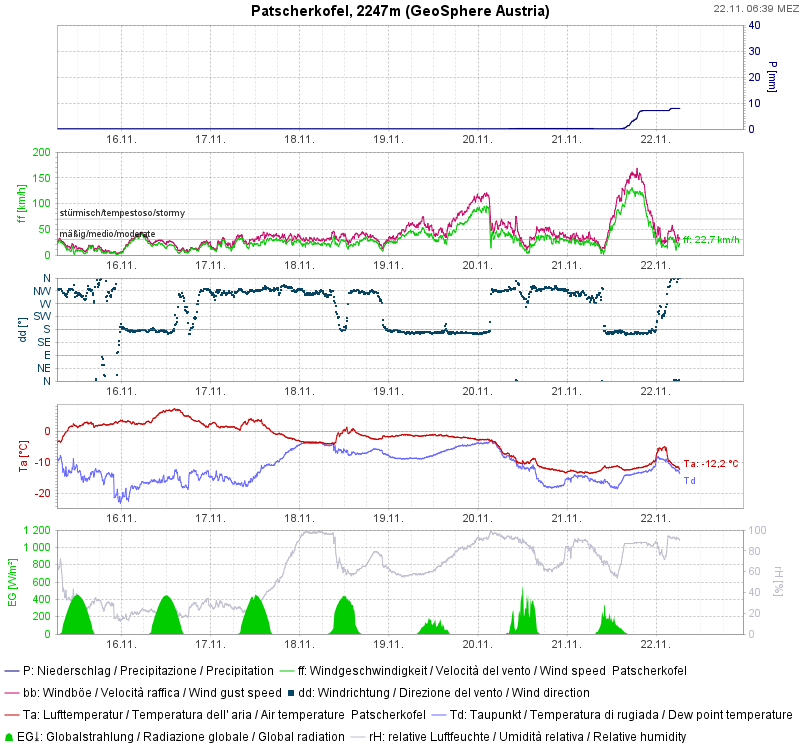
The snowpack
Autumnal snowfall, including heavy snow in mid-September (see blog) – melted away except in the heights. A cohesive, area-wide snowpack was found in shady terrain above 2700-2800m and in high-alpine glaciated terrain in all aspects.
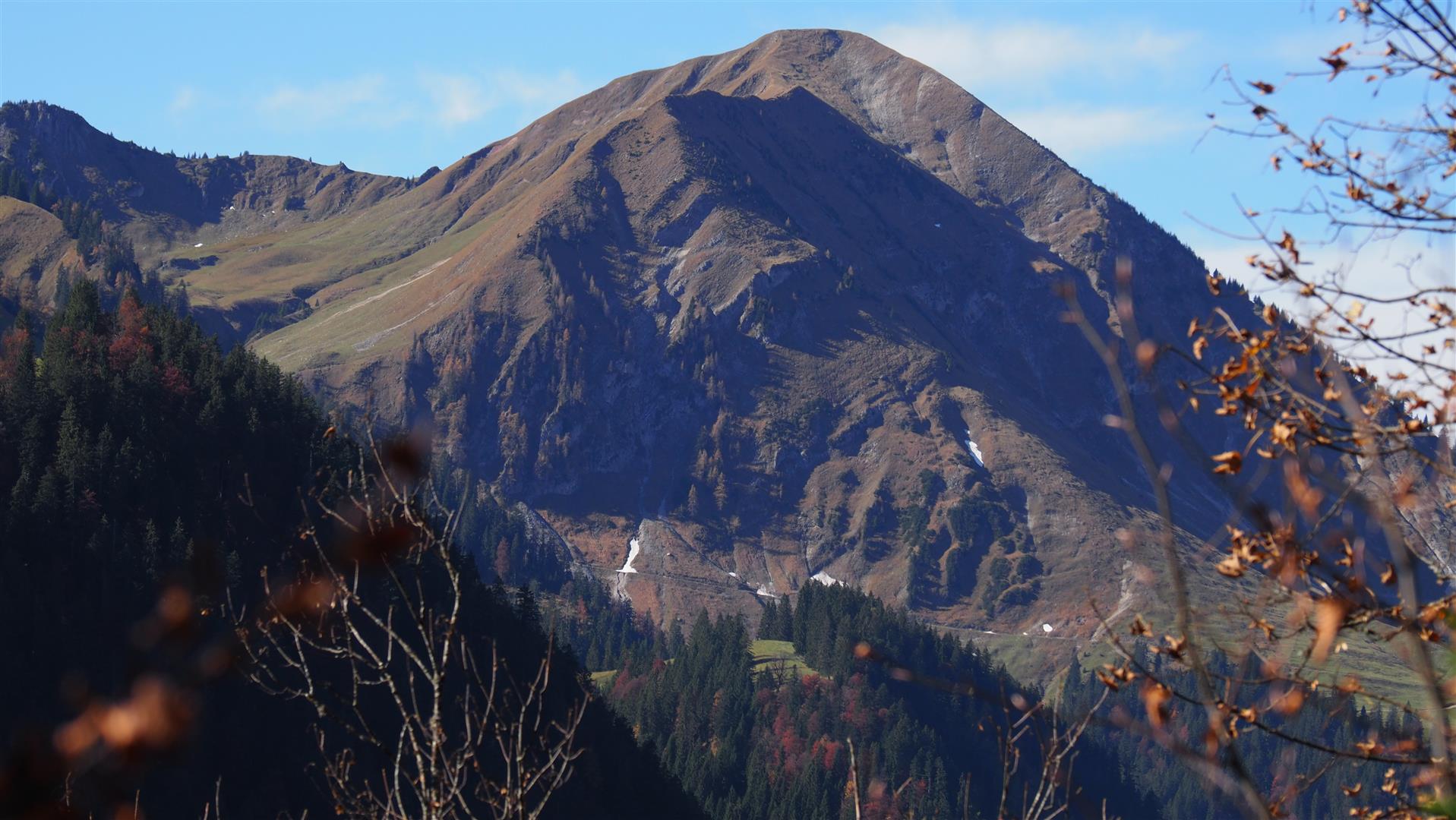
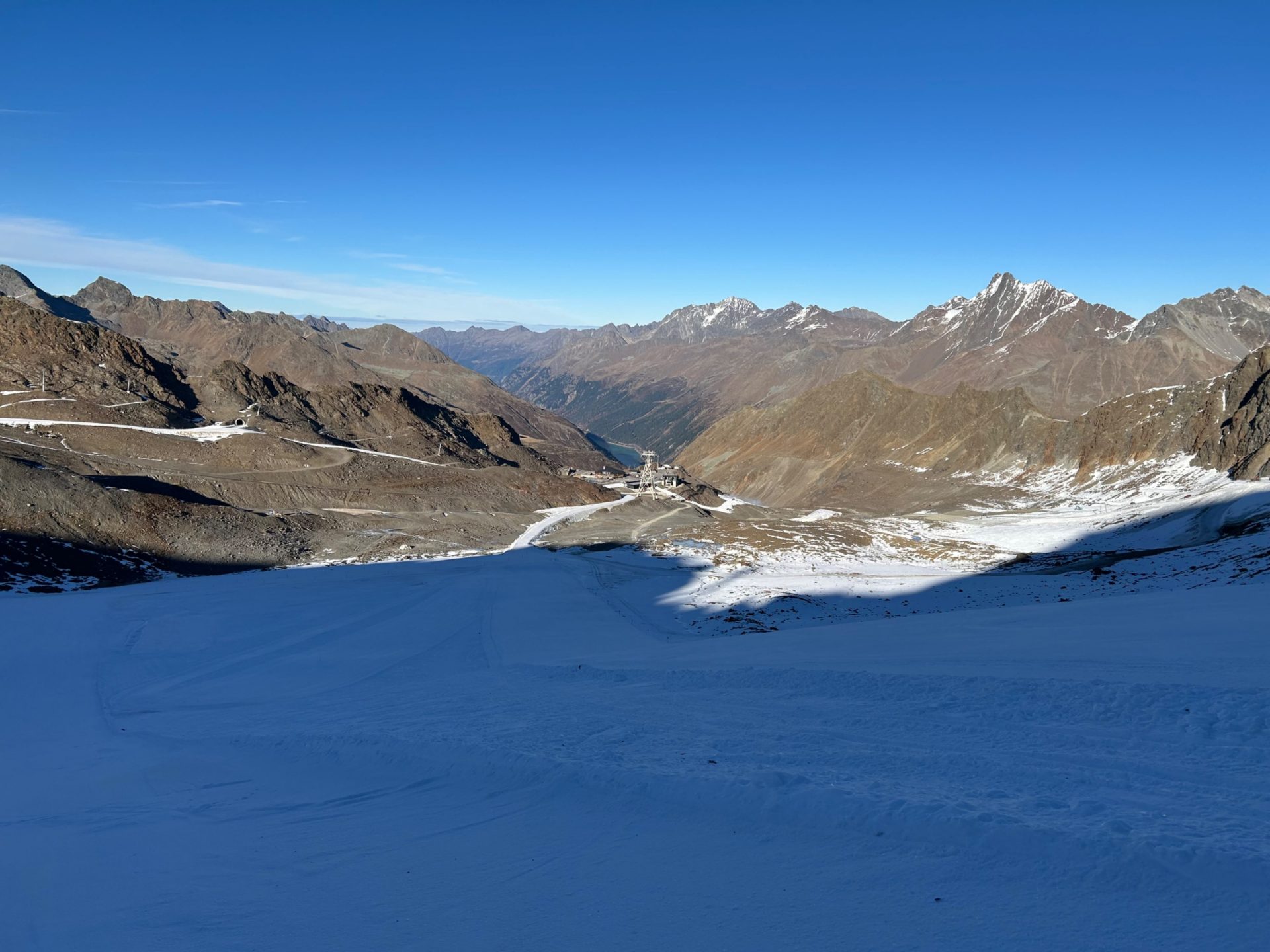
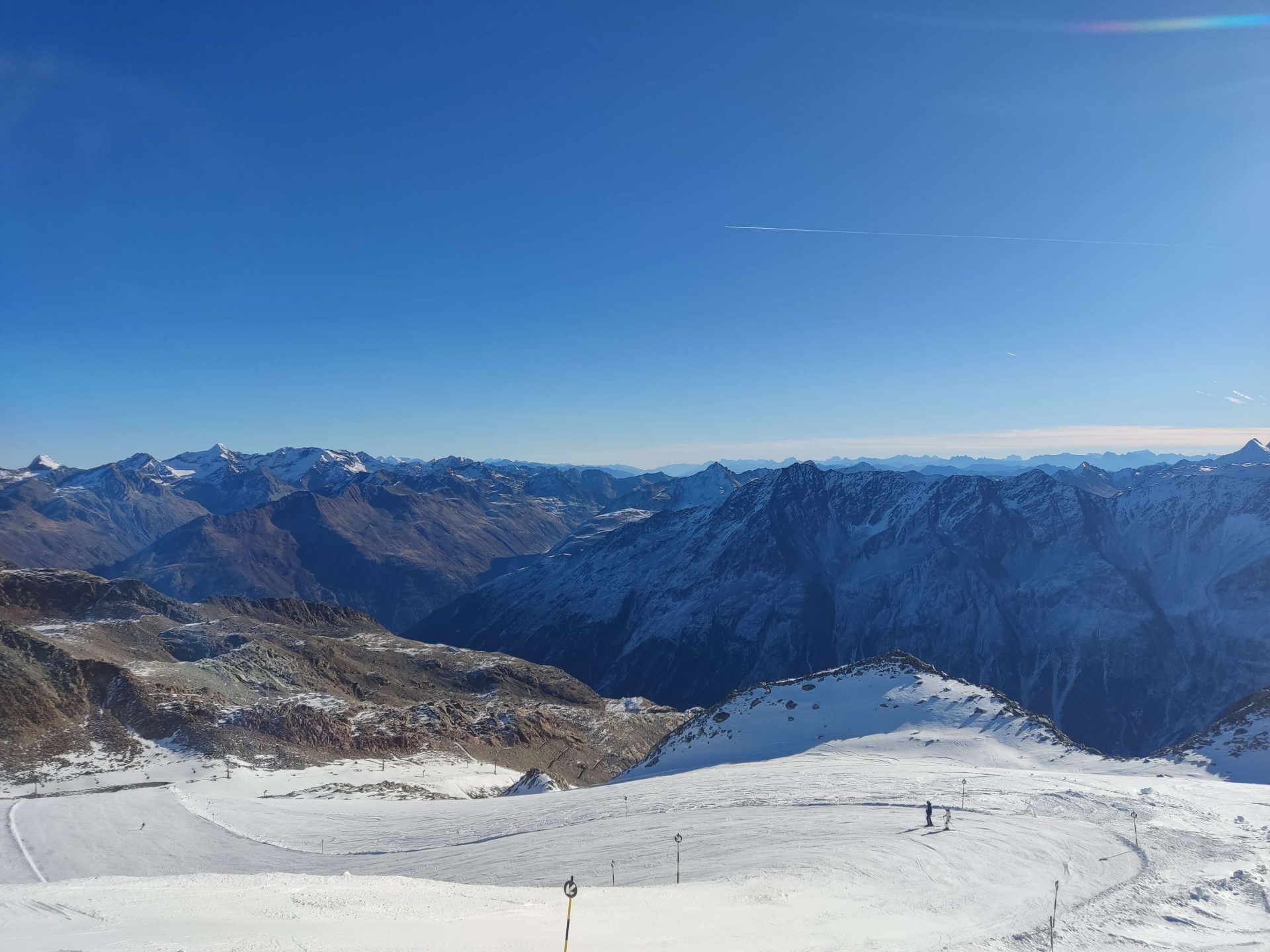
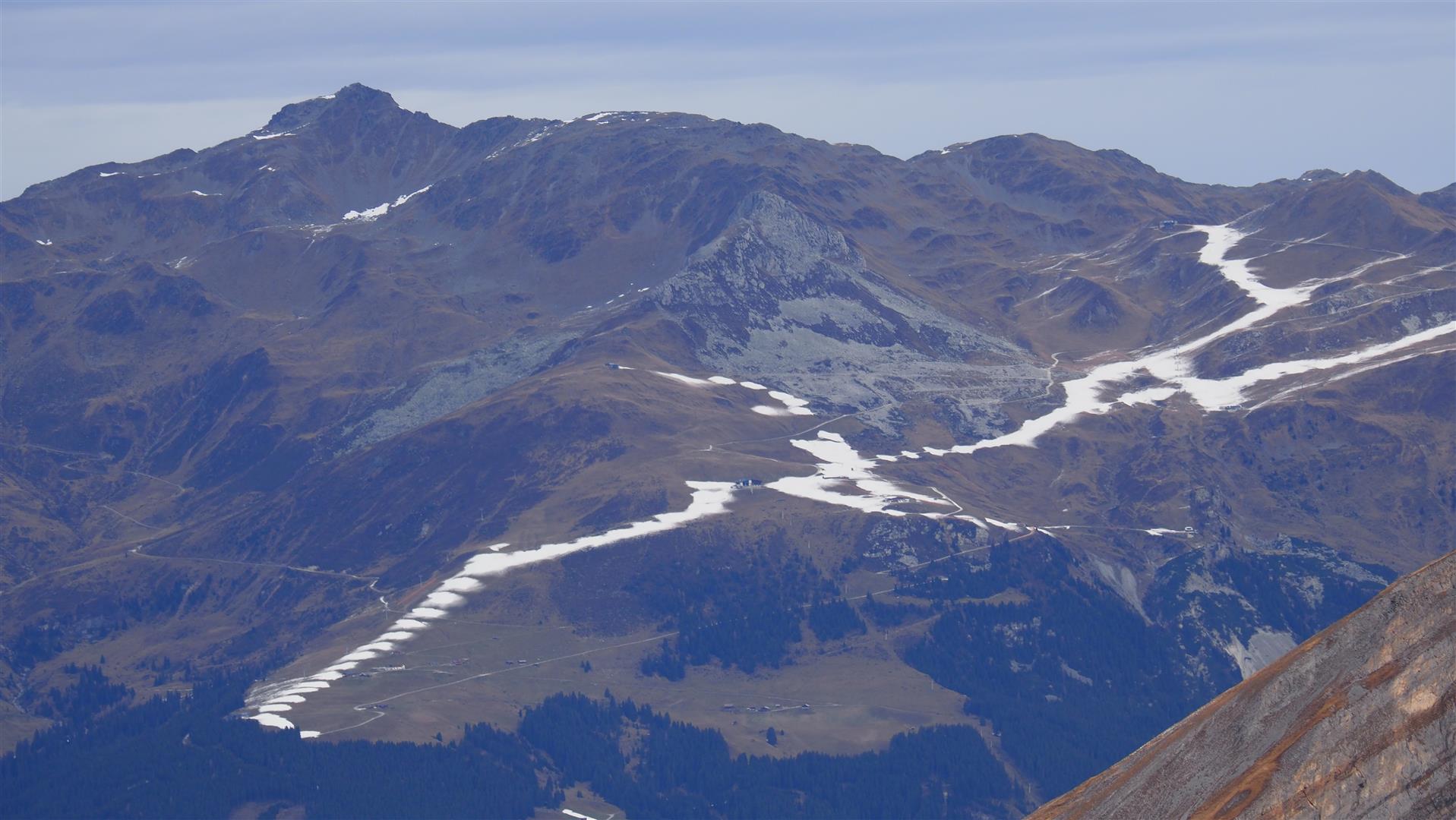
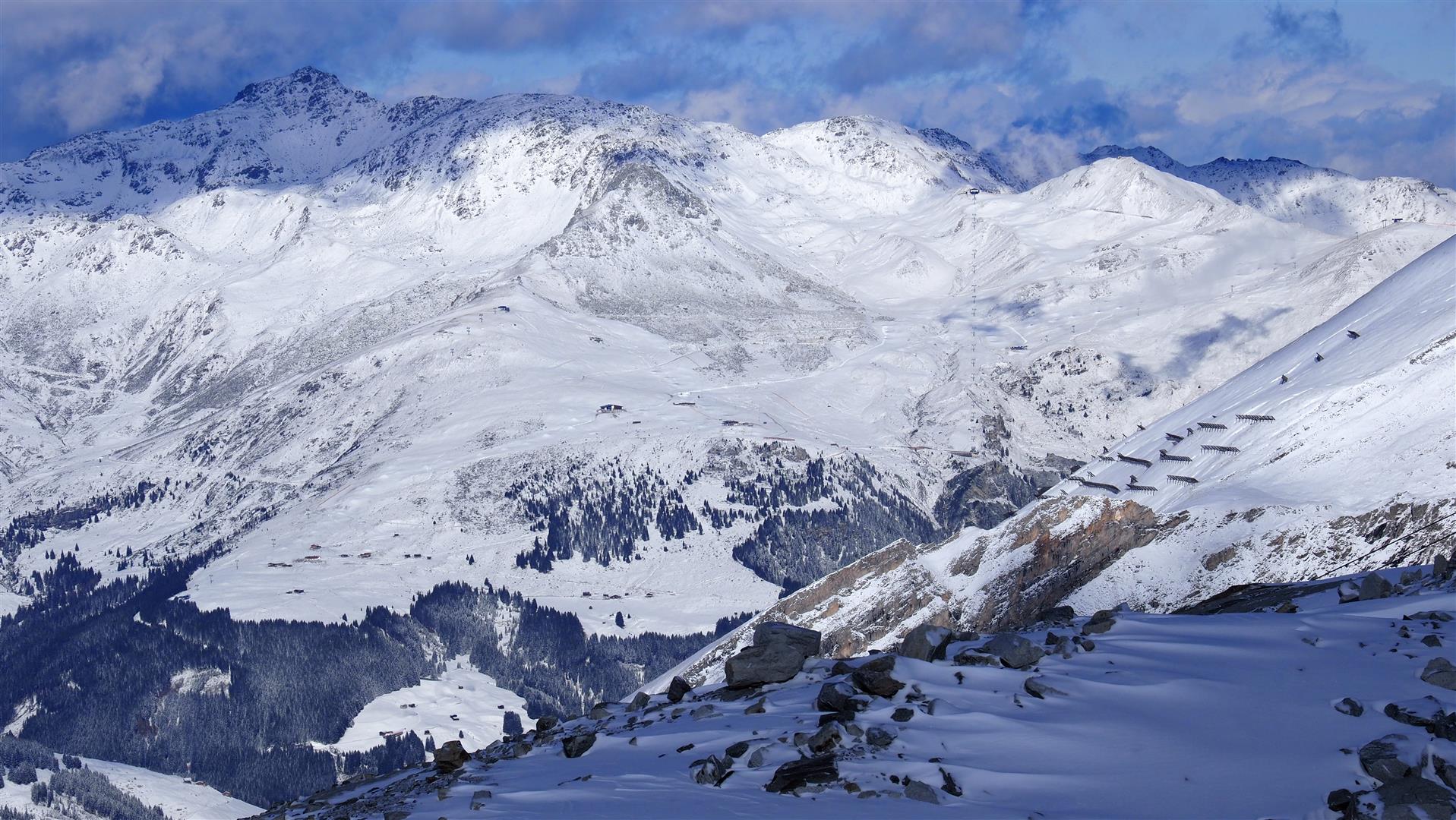
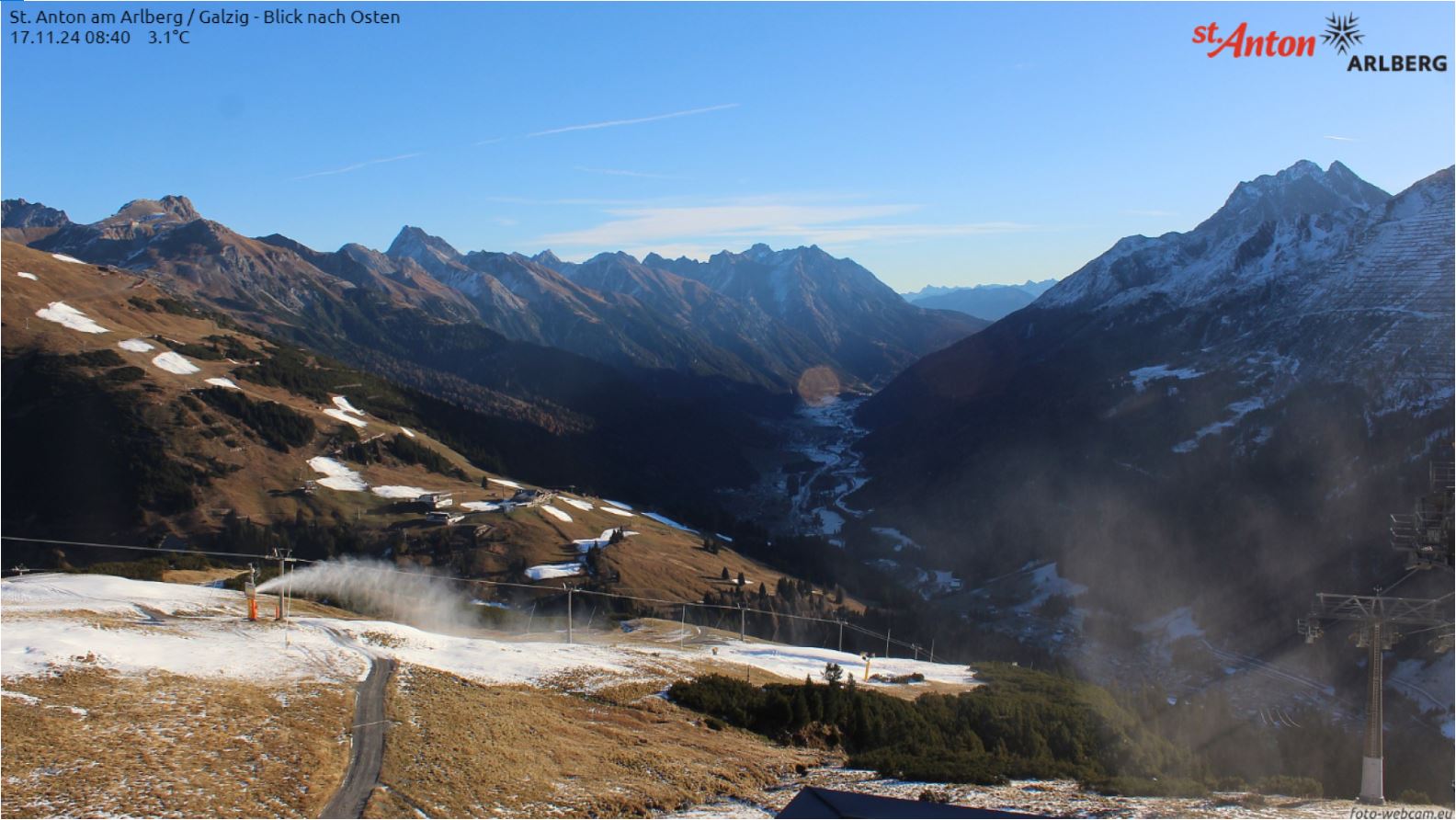
Snowpack layering
This is a simple matter in those regions where until now there was no snow, or very little. The danger of fresh snowdrift masses getting triggered comes only from the recent, still loosely-packed fresh fallen snow. In isolated cases snow which is expansively metamorphosed to a slight extent since 12.11 is a potential weak layer for small-to-medium sized slab avalanches.
Wherever the September/October snow persisted, on the other hand, particularly in high-alpine terrain, the old snowpack is more complex. In most cases it consists of a sequence of hardened melt-freeze crusts and softer, generally faceted layers. The latter are a potential weak layer for slab avalanches in some places.
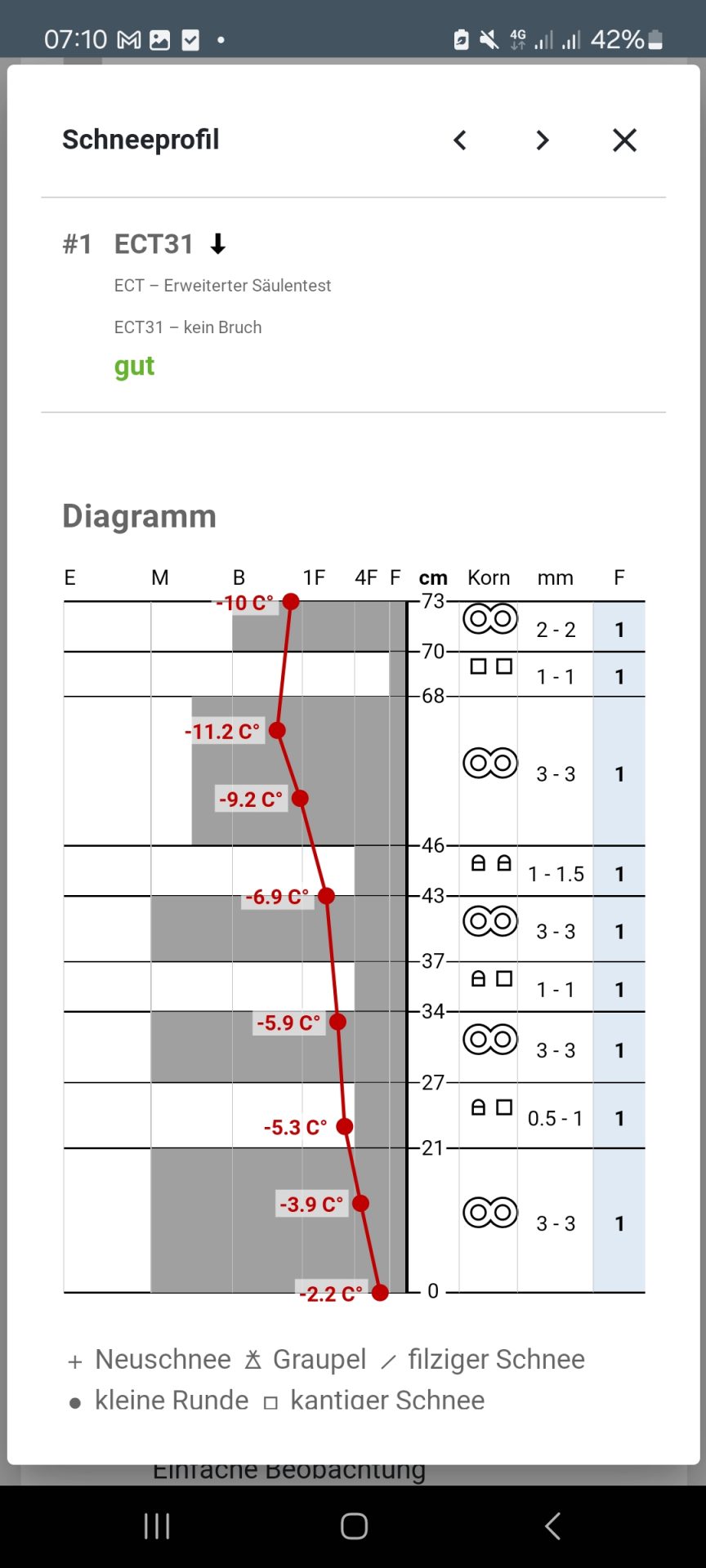
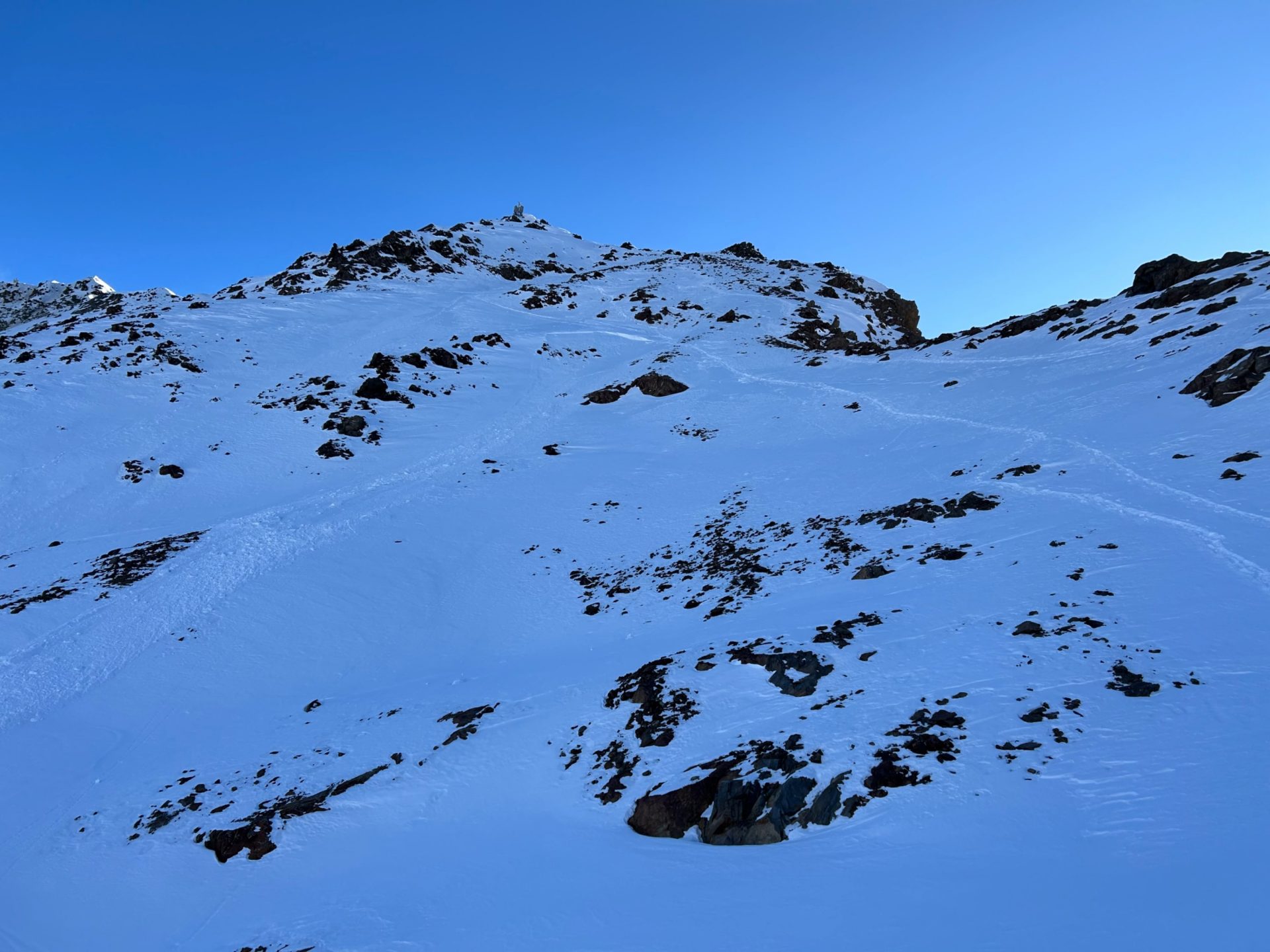
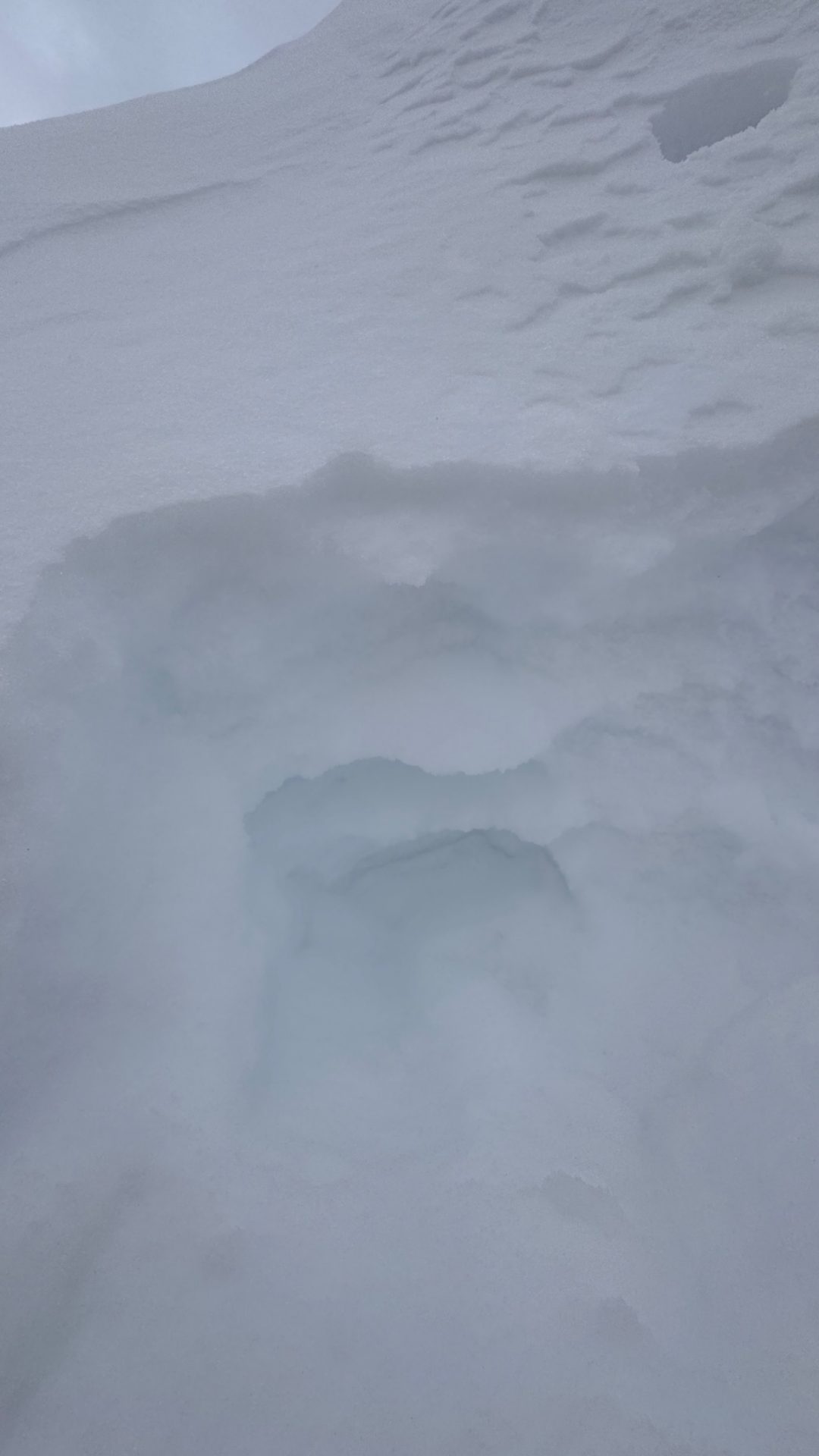
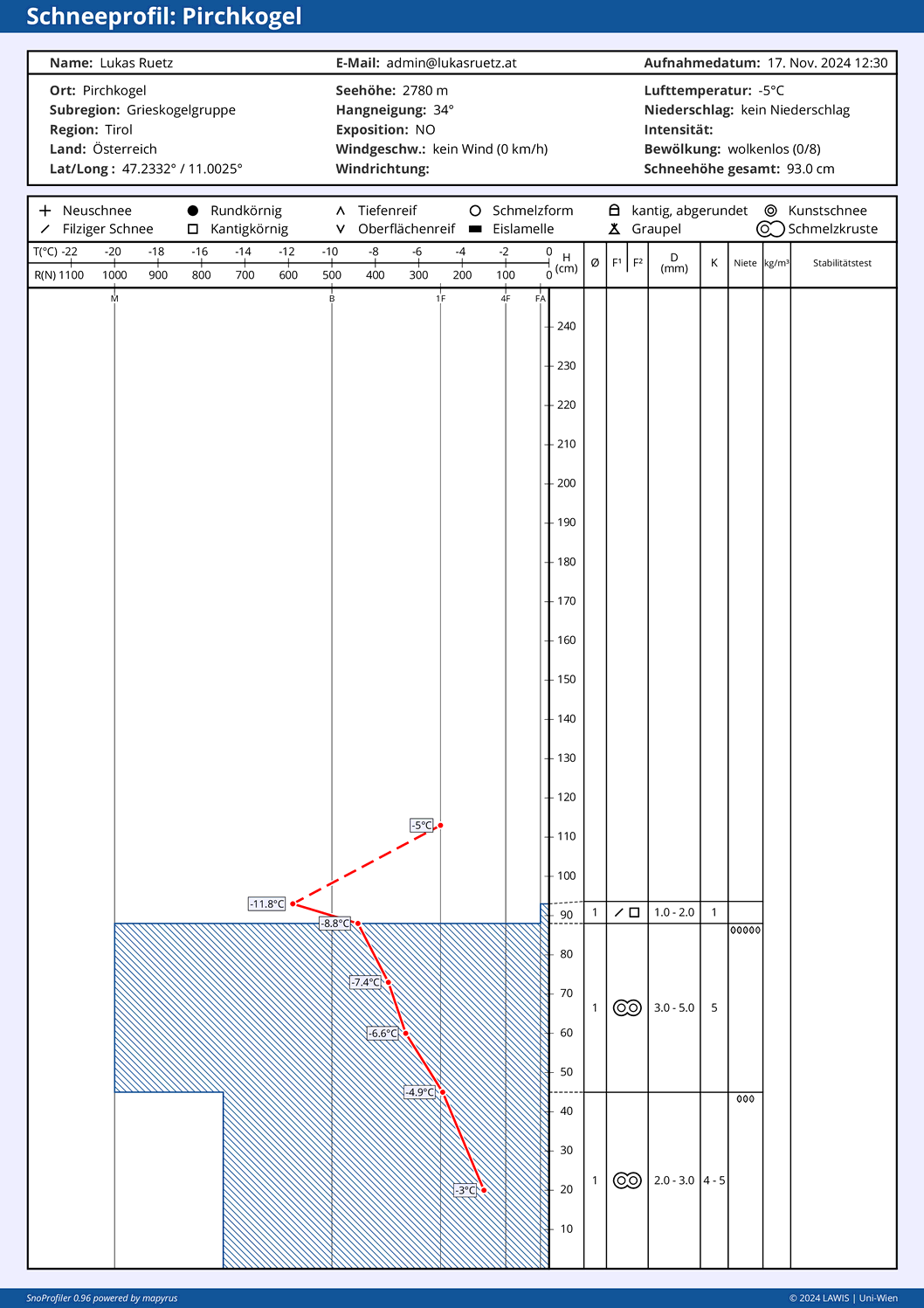
What’s on the horizon?
Today’s forecasts of Geosphere Austria predict windy and cold weather with some precipitation, esp. in NW regions. Starting tomorrow, dry weather with beginning foehn influence will set in, with markedly rising temperatures.
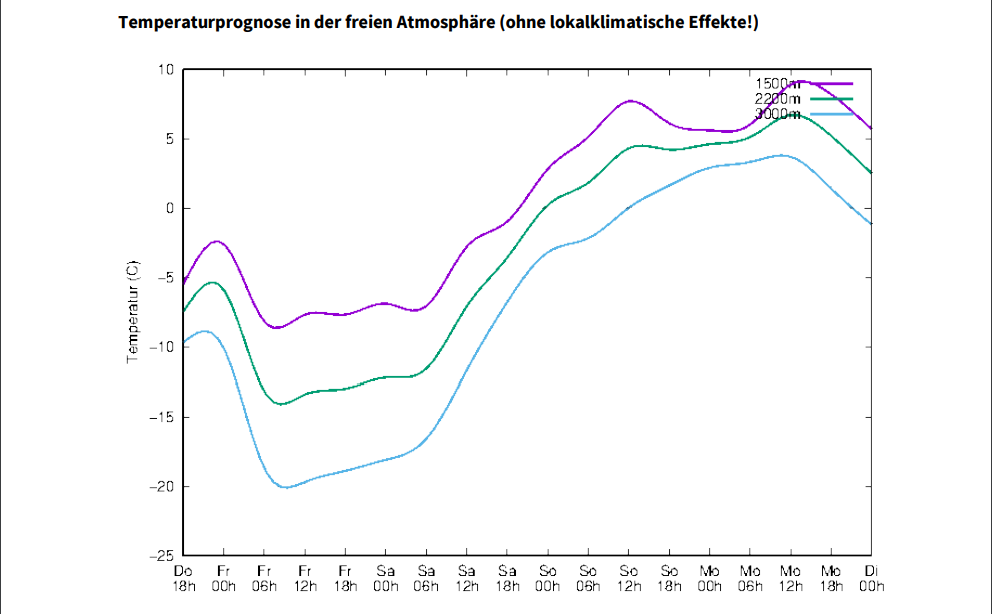
What does that imply for avalanche danger?
As temperatures rise, a short-term danger of glide-snow slides and avalanches will increase in the areas where snowfall has been heavy. Freshly generated snowdrift accumulations will need special attentiveness starting on Sunday wherever this fresh snow fell on an already cohesive area-wide snowpack. (Caution urged in gullies and bowls where there is residual snow.) This is because the weak layer which matters for slab avalanches may be composed of the loosely-packed fresh snow and and the expansively metamorphosed old snow crystals. In the former case, the loose fresh snow (now covered by drifts) will quickly metamorphose to decomposed and round-grain snow crystals. And then there will be no more weak layer there.
Caution at great heights: even small-sized snowdrift accumulations in very steep terrain can be quite prone to triggering. Currently the danger of injury/being swept along tends to outweigh that of being buried in snow masses.
One general note of caution: there is frequently not enough snow to ski on. Sometimes appearances are deceptive. What seems to be a cohesive snowpack harbors hidden stones – sharks – just beneath the snow surface. These can lead to ugly falls.
